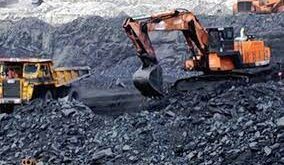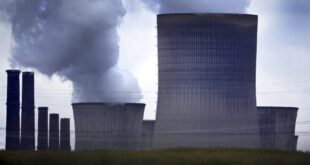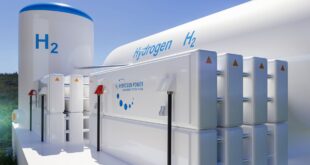As we have seen heat records broken across the continent. the increasing use of air conditioning systems and units has created peaks in electricity demand. Indeed in New York more than 50.000 people suffered power outages amid the heatwave which put a severe strain on the city’s electrical system.
And with heatwaves expected to continue into the future. the International Energy Institute (IEA) predicts that the energy consumed by air conditioning systems is likely to triple between now and 2050. In fact by then. the world’s air conditioners would be using the current electricity capacity of the US. European Union and Japan combined.
Our increased call on electricity for cooling. combined with low levels of wind during hot periods. has highlighted the benefit of small low-cost peaking plants which can be turned on and off quickly and supply energy where and when it is needed.
The role of peaking plants helps balance the grid through local. low carbon. flexible energy generation. Such plants also have a role to play in supporting the continued growth of renewables. catering for intermittency issues of these technologies. particularly wind energy during a heatwave.
Looking to the UK. to ensure security of supply. we require sources of reliable and flexible power. able to respond swiftly to fluctuations and – increasingly – address pressure on local networks and constraints in urban areas.
AMP Clean Energy is developing a series of Urban Reserve peaking plants in our busiest urban areas. These plants can provide standby electricity in less than two minutes to help ensure we have the energy we need in our homes. businesses and communities.
The increasing role of flexible energy generation along with the growth of renewables highlight how our energy system is rapidly changing. As we transition to a net zero. decentralised energy economy. balancing the grid and providing power at times of peak demand will be vital. So. whilst the weather can be somewhat unpredictable. our energy system must have the ability to adjust and adapt to either a cold snap or a summer heatwave.
 Iran Energy News Oil, Gas, Petrochemical and Energy Field Specialized Channel
Iran Energy News Oil, Gas, Petrochemical and Energy Field Specialized Channel




